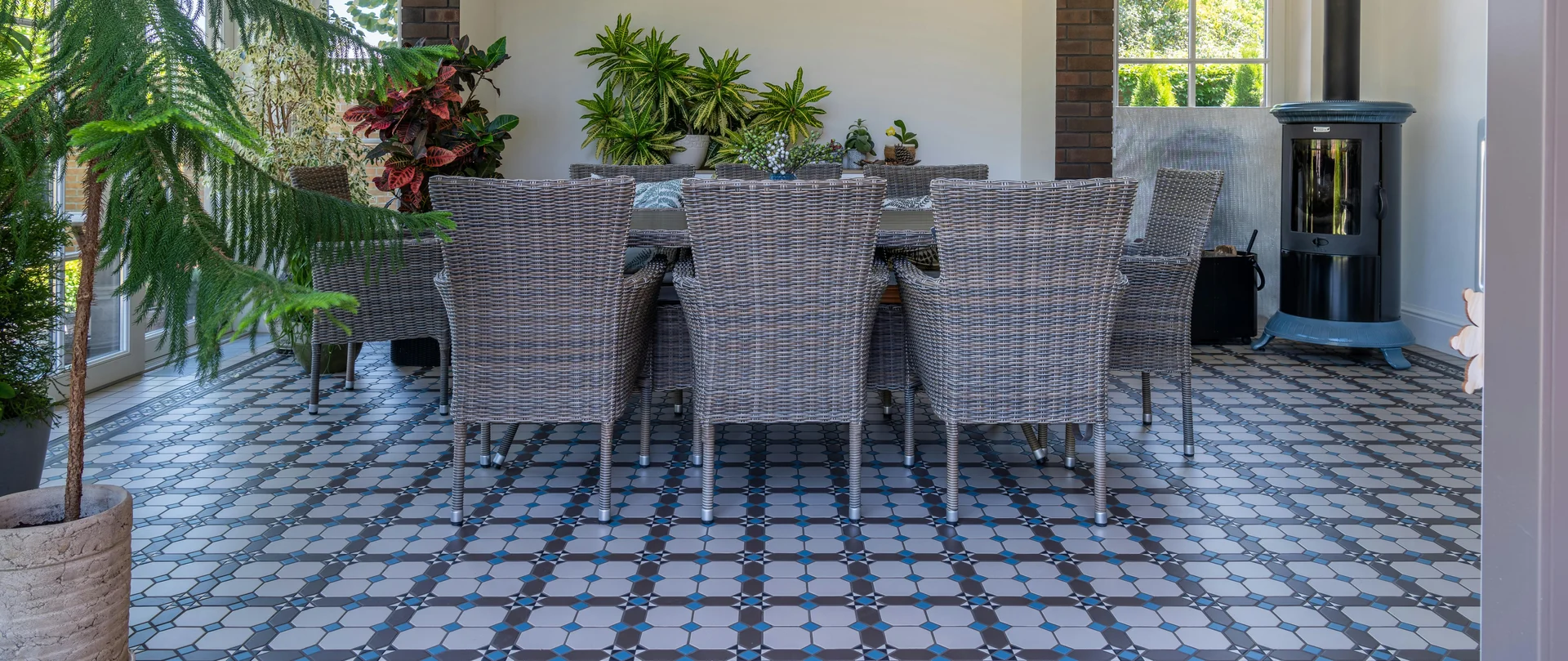Yes, I want new floors!
Frequently Asked Questions

What are the best carpet options for homes with pets or kids?
For homes with pets or kids, prioritize carpets with stain resistance, durability, and easy maintenance. Materials like nylon or Triexta paired with spill-proof padding and neutral colors can create a comfortable and resilient flooring solution for your active household.

Can you walk me through the entire flooring process?
Here are the steps of the process from contact to
completion:
1. Free in-home appointment
2. Customer selects products
3. Write up proposal
4. Acceptance of proposal
5. 50% deposit
6. Order materials
7. Schedule delivery and installation
8. Complete project
9. Final payment
10. Release of warranty on labor and materials

How to maintain and clean hardwood flooring?
Regularly sweep or dust mop to remove dirt and debris.
Vacuum weekly to pick up finer particles, and occasionally damp mop
using a dedicated hardwood floor cleaner. Make sure to always dry the
floor thoroughly after cleaning and avoid excessive water exposure.
A microfiber mop for gentle cleaning is recommended.













